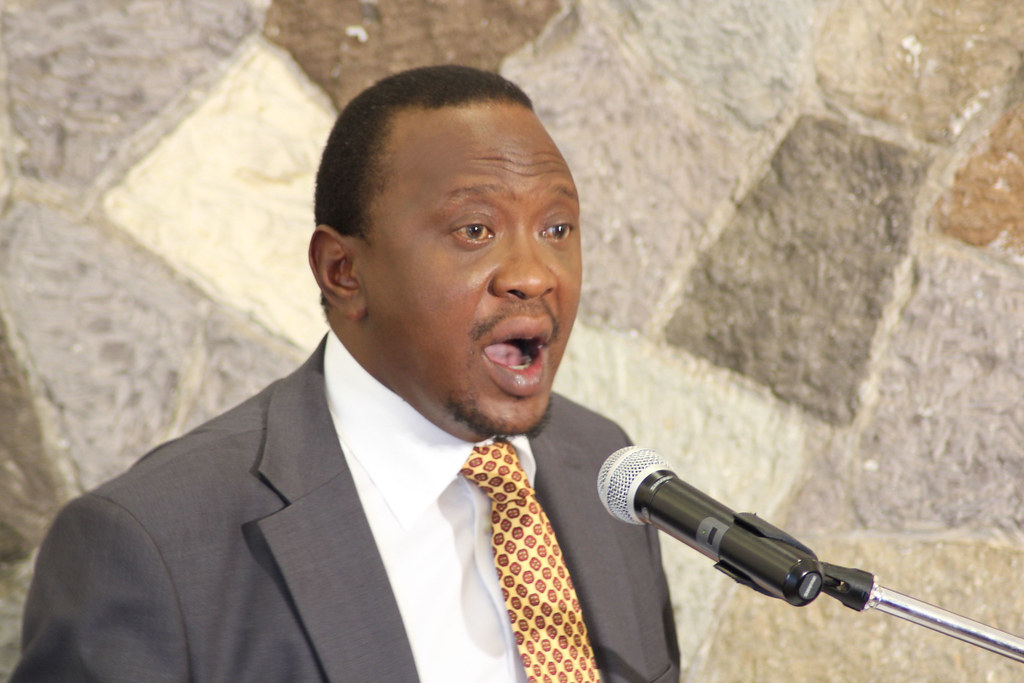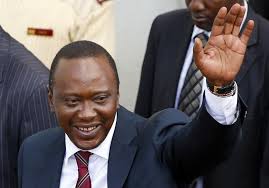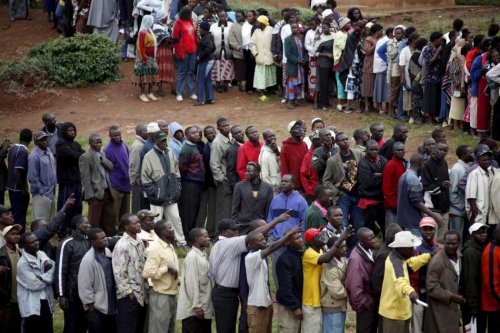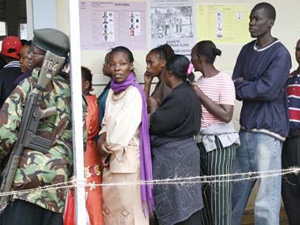
On March 30, the Kenyan Supreme Court faced its most critical challenge to date, as it delivered its verdict on the petition contesting the results of the presidential election held on 4 March. In its landmark decision the judicial body upheld Uhuru Kenyatta’s victory as declared by the Independent Electoral and Boundaries Commission (IEBC) on 9 March. While the verdict was certainly disappointing for Raila Odinga and his supporters, the decision to contest the election through the Courts and – most crucially of all – accept its verdict, is a powerful vote of confidence in Kenya’s reformed judiciary. Odinga’s decision to contest the election through the Courts stands in sharp contrast to the disputed election of 2007-08. Five years ago, lack of faith in Kenya’s judiciary meant that challenges to the poll results played out in the streets, leading to widespread violence that swept across the country. With nearly 1300 killed and hundreds of thousands displaced, the 2007-08 post-election violence amounted to Kenya’s worst political crisis since independence.
In so many ways, the 4 March elections in Kenya can be viewed as a concerted attempt to disassociate from the experience of 2007-08. In the lead up to the polls, messages of peace flooded the airwaves and television stations across the country. On 24 February, the presidential candidates attended a peace prayer at Nairobi’s Uhuru Park in a show of solidarity, which would have been unthinkable five years ago. Moreover, as part of a broader effort to deter incidences of hate speech and incitement, which were rampant in 2007-08, civil society groups embarked on media monitoring campaigns. On Election Day itself, the national newspapers, the Daily Nation and Standard, ran the headlines ‘Never Again’ and ‘Let Peace Prevail’ respectively. In the anxious days between voting and the IEBC’s announcement, there were countless calls for calm. These appeals for peace continued as the Supreme Court deliberated on the results.
In spite of the efforts to consciously break with the past, the shadow of 2007-08 was unmistakably present in this election. The candidacy of Uhuru Kenyatta and William Ruto, both facing trial at the International Criminal Court (ICC) for their alleged role in the 2007-08 violence, served as a grim reminder that justice has not been prioritised in Kenya’s broader reform effort. Multiple attempts to establish a local tribunal to prosecute perpetrators of the post-election violence have failed, prompting the involvement of the ICC as a last resort. Although the ICC can only prosecute a handful of perpetrators, it is unlikely – even with the newfound faith in Kenya’s judiciary – that proposals for a domestic mechanism will be resurrected any time soon. Consequently, the ICC remains Kenya’s best hope for delivering justice.
It is difficult to deny the sobering effect the ICC has had in a country where impunity has been endemic. At the same time, there have been a number of unintended consequences associated with the ICC’s involvement in Kenya. Among the most crucial is the alliance between Uhuru Kenyatta and William Ruto, which appeared to materialise as a direct response to the ICC. While it is perhaps still too early to assess the overall impact of the ICC in Kenya, much will depend on how effectively the Court is able to carry out its work. Recently, the case of Francis Muthaura, a co-accused of Kenyatta, collapsed after evidence from a key witness had been compromised. In view of the continuing difficulties surrounding witnesses, ICC Chief Prosecutor, Fatou Bensouda has referred to the Kenyan cases as the most challenging the ICC has ever faced.
While some view the involvement of the ICC as an unwelcome infringement on Kenya’s sovereignty, the fate of Muthaura’s case serves as a reminder of how much the Court relies on cooperation in order to function, not only of the accused, but also of the Kenyan Government. As a consequence of today’s Supreme Court decision, the two are now officially one and the same. In this respect, the final opportunity for delivering justice in Kenya, rather ironically, resides with those who have been deemed to be bear the greatest responsibility for the 2007-08 violence.
The tensions that have now become apparent in Kenya’s ICC cases are also reflected in the Kenyan National Dialogue and Reconciliation (KNDR) – the African Union-sponsored mediation process, which has been credited with halting the violence in 2007-08. Although the mediation in Kenya has been deemed successful, progress on addressing some the structural factors underlying the violence, which were identified as part of this process, have been painfully slow. The countless difficulties facing Kenya’s Truth Justice and Reconciliation Commission (TJRC), created as part of the KNDR process to investigate gross human rights violations and historical injustices, is a testament to this fact. Given the extent to which the mediation process further entrenched Kenya’s political elite, the state of the TJRC is not particularly surprising. The key question now is whether efforts to address impunity through the Court of last resort will encounter a similar fate.
This post originally appeared on the website of the Oxford Institute for Ethics, Law and Armed Conflict.







No Comment